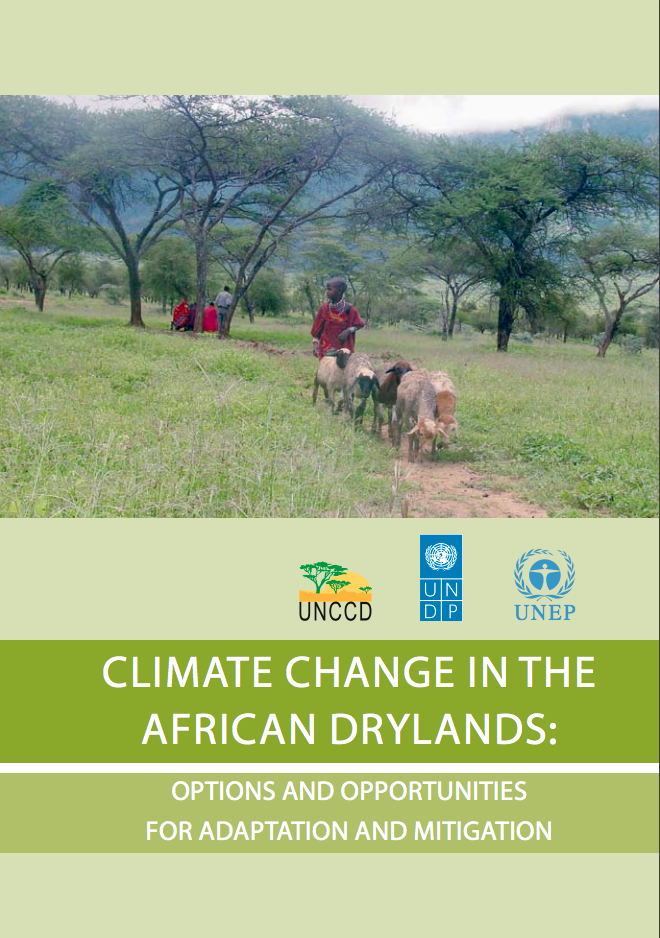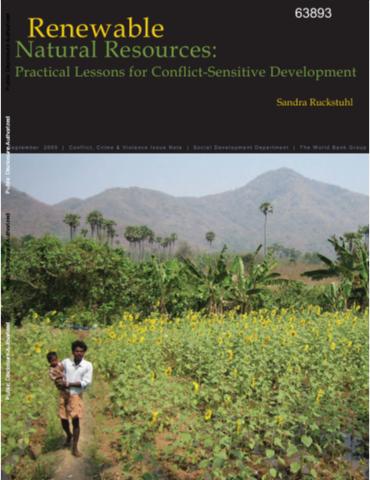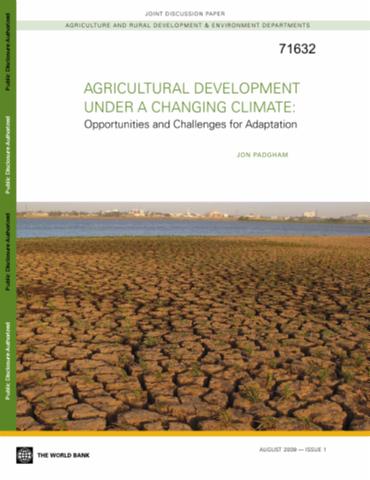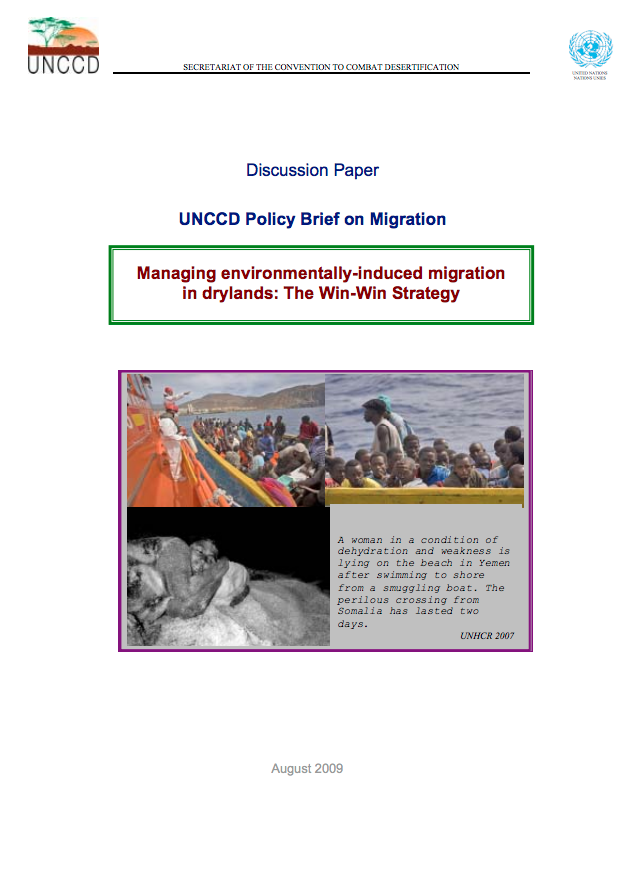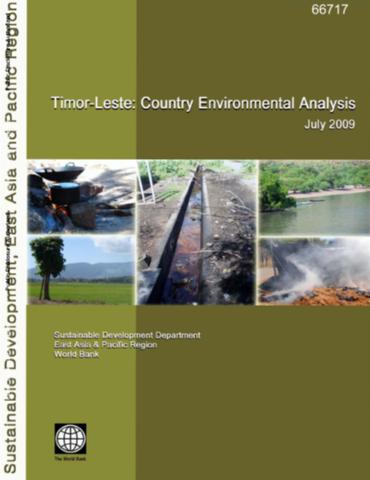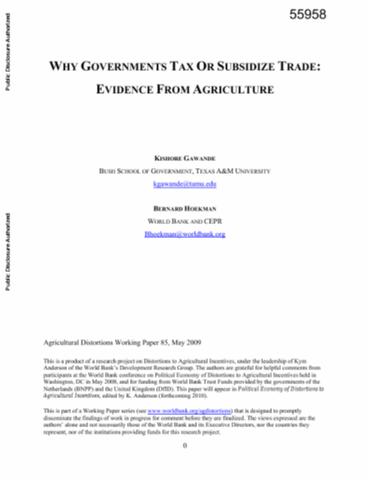Guidelines for the identification, selection and description of nationally based indicators of land degradation and improvement
This guidelines booklet is addressed to the LADA partner countries and, more in general, to the increasing number of countries which are expressing their interest in implementing the LADA approach for mapping Land Degradation. The specific objective is to provide guidelines for the identification, selection and description of nationally based indicators of land degradation. The LADA approach is well defined by a range of specific documents and manuals. The National indicators common to all countries are based on the LADA-Wocat QM manual.



